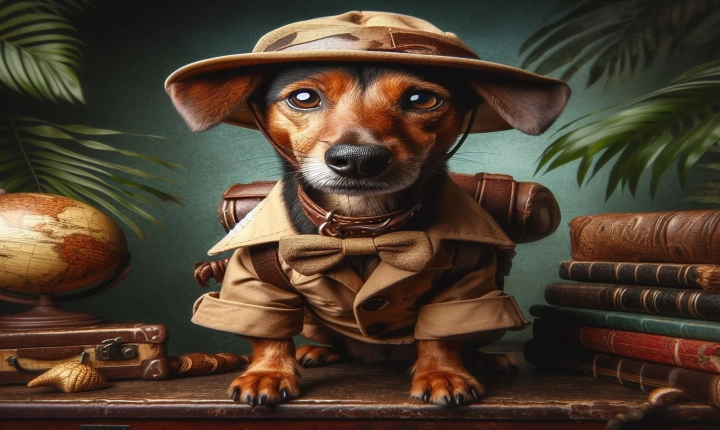How to Credit AI-Generated Art: A Guide for Appreciating and Recognizing Artificial Intelligence Creativity
Artificial Intelligence (AI) is increasingly making a mark in the world of art, generating stunning and thought-provoking pieces that challenge our perceptions of creativity. As AI-generated art becomes more prominent, it’s essential to recognize and credit the role of AI in the creative process. In this article, we’ll explore the importance of crediting AI art and provide a guide on how to do so properly.
The Rise of AI-Generated Art
Artificial intelligence has made significant strides in the realm of visual art, creating algorithmically generated paintings, sculptures, and digital artworks that rival those produced by human artists. AI art is not merely a replication of existing styles, but rather a unique form of expression shaped by the data and algorithms that fuel its creation.
One of the most well-known AI artists is the neural network-based program, called “GAN” (Generative Adversarial Network), which has been used to produce remarkable pieces of art. GAN operates by pitting two neural networks against each other, with one generating new images and the other providing feedback to improve the realism and originality of the creations. The result is a diverse array of visuals that push the boundaries of traditional artistic creation.
The Importance of Crediting AI Art
Given the innovative nature of AI-generated art, it’s crucial to recognize and credit the AI as a co-creator of the artworks. Crediting AI art not only acknowledges the technical prowess of AI systems but also emphasizes the collaborative nature of art-making in the digital age. Moreover, proper attribution ensures that AI artists receive their due recognition and respect for their contributions to the art world.
Guidelines for Crediting AI Art
When it comes to crediting AI-generated art, there are several key considerations to keep in mind. Here’s a guide to crediting AI art appropriately:
1. Name the AI System: Clearly specify the name of the AI system or algorithm that was used to create the artwork. For example, if a piece of art was generated using GAN, it should be credited as “Artwork created with GAN.”
2. Mention the Human Input: If human artists were involved in the curation, training, or guidance of the AI system, acknowledge their contribution as well. This ensures that both the AI and human collaborators receive recognition for their respective roles in the creative process.
3. Provide Context: Offer a brief description of the AI system and its capabilities, helping viewers understand the technological processes behind the creation of the artwork.
4. Include Technical Information: If possible, include details about the specific parameters, data sets, or training methods used to generate the art. This can contribute to a deeper understanding and appreciation of the technical aspects involved in AI art creation.
5. Engage in Transparent Communication: Be transparent about the use of AI in the creation of the artwork. Openly discussing the involvement of AI fosters a greater understanding of the evolving landscape of art and technology.
By following these guidelines, art enthusiasts, curators, and creators can effectively credit AI-generated art and contribute to the acknowledgment and appreciation of AI as a creative force.
The Future of AI Art and Recognition
As AI continues to advance, it’s clear that its impact on the art world will only grow. From generating new art forms to challenging traditional notions of creativity, AI is reshaping the landscape of artistic expression. As such, the need to credit AI art appropriately becomes increasingly important.
In conclusion, crediting AI-generated art not only acknowledges the artistic contributions of AI systems but also promotes a deeper understanding of the intersection between art and technology. By recognizing the role of AI in creative endeavors, we can foster a more inclusive and comprehensive appreciation of the ever-evolving world of art.
In the coming years, as AI continues to push the boundaries of artistic innovation, the practice of crediting AI art will play a vital role in shaping a more equitable and informed artistic landscape. Let’s embrace the collaborative nature of AI art and ensure that the contributions of this groundbreaking technology are duly recognized and celebrated.
